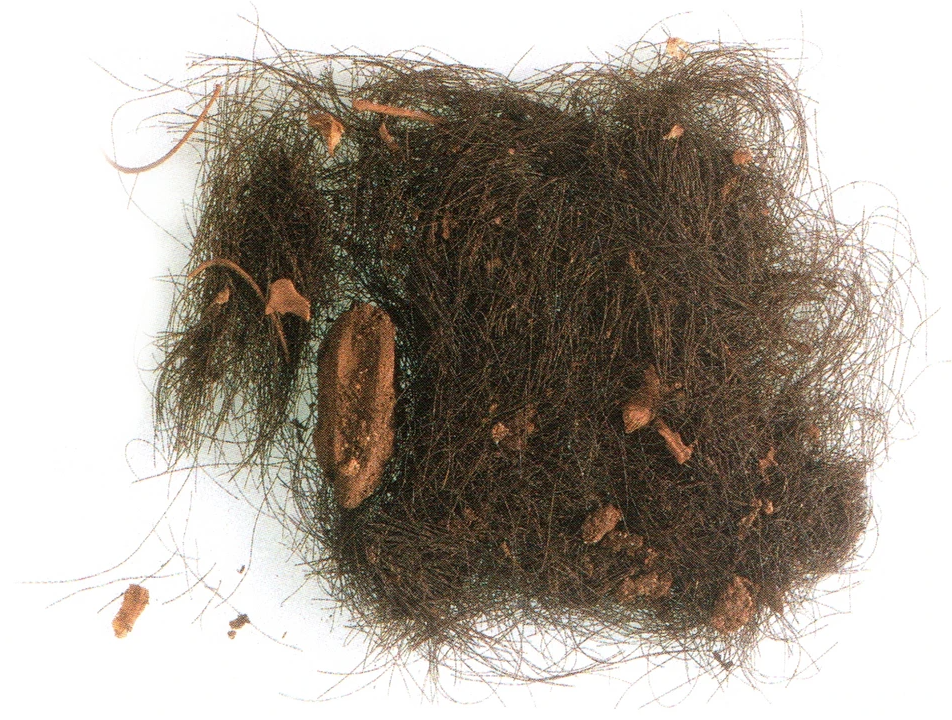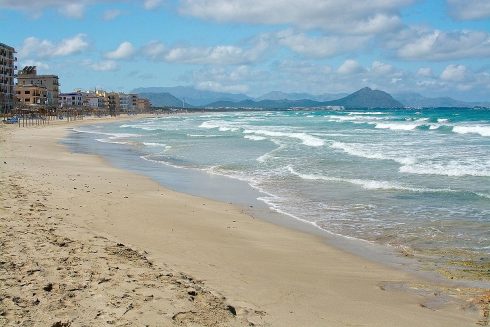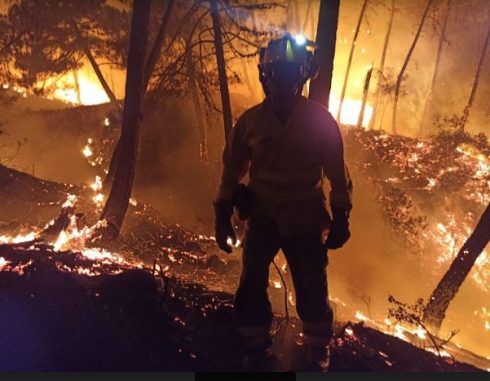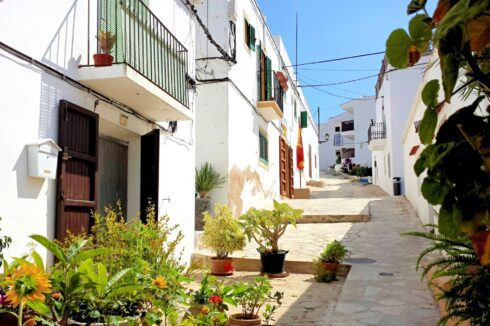RESEARCHERS have found that civilizations on Menorca were using hallucinogenic drugs as far back as 3,000 years ago. The findings are based on analysis of hair from a burial site on the Balearic island.
The study was published in the journal Scientific Reports, and concluded that this could be the earliest direct evidence in Europe of people using such substances, which were derived from plants and bushes. Scientists believe that the drugs were used for ritualistic ceremonies.
The substances detected in three hair samples included ephedrine, atropine and scopolamine.
Ephedrine is a stimulant that can be extracted from shrubs and pines, and increases alertness, excitement and physical activity.
Atropine and scopolamine are found in the nightshade plant family and can cause hallucinations and altered perceptions, and even delirium.
The hair was found at the ritual and funerary cave of Es Carritx on Menorca, a site that was discovered in 1995. It is considered to be one of the most important Late Bronze Age sites on the island.
The cave is home to more than 200 graves and is thought to have served as a site for funerals and rituals for some 600 years, until 800 BC.
‘Considering the potential toxicity of the alkaloids found in the hair, their handling, use and applications represented highly specialised knowledge,’ the study states. ‘This knowledge was typically possessed by shamans, who were capable of controlling the side-effects of the plant drugs through an ecstasy that made diagnosis or divination possible.’
According to the study, human consumption of drug plants has been traced back to prehistoric times in Eurasia, North America and South America. But in these cases, this was based on indirect evidence such as the typology and functions of artefacts including smoking pipes, snuffing kits and pottery vessels.
In Europe, previous evidence of such prehistoric drug use was also based on the appearance of plants in artistic depictions.
Read more:
- Discovery in cave in Spain suggests for first time that neanderthals had the capacity to collect trophies
- Saving face: Earliest ever European skull discovered in Spain
- Traces of 6,000-year-old wine discovered in Spain’s Malaga








